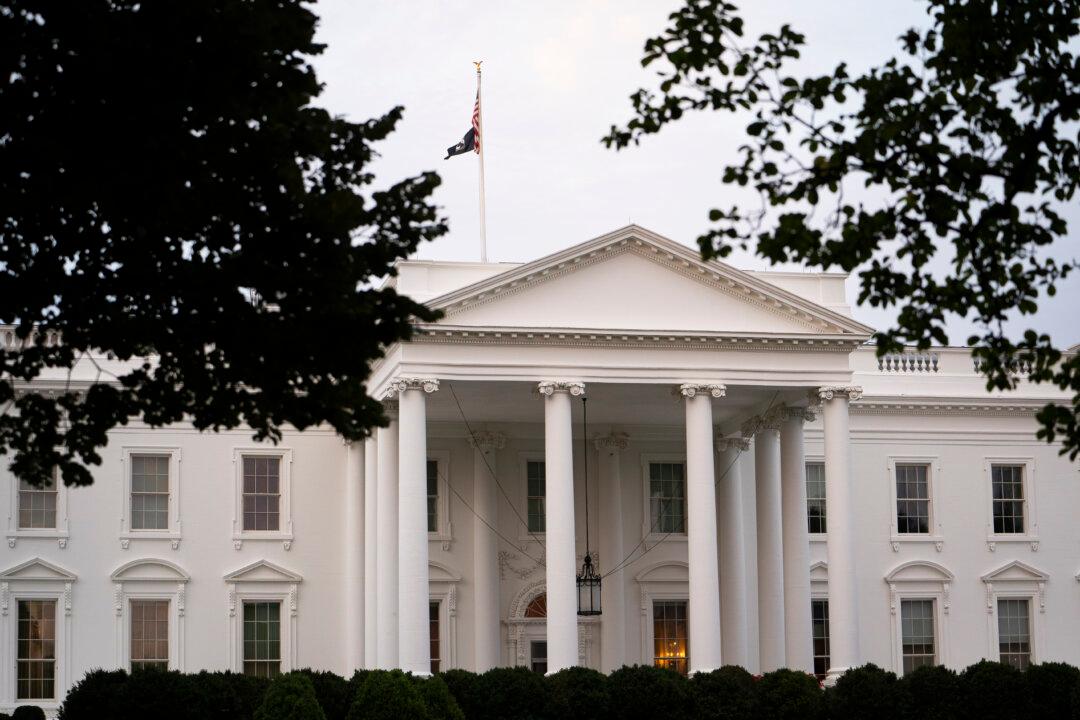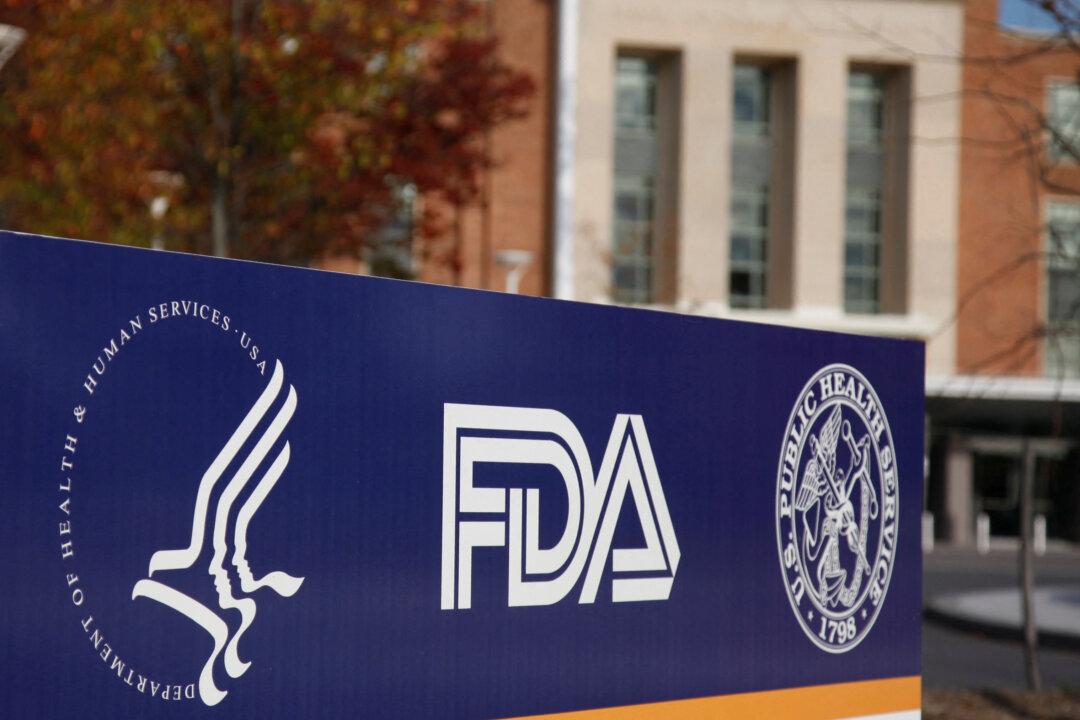The Biden administration wants to increase affordable housing options in downtown areas by converting vacant commercial buildings into residential units, officials said Friday.
On Friday, the administration announced a slew of federal financing and other incentives to convert high-vacancy commercial buildings around the country into residential use to boost housing supply.





